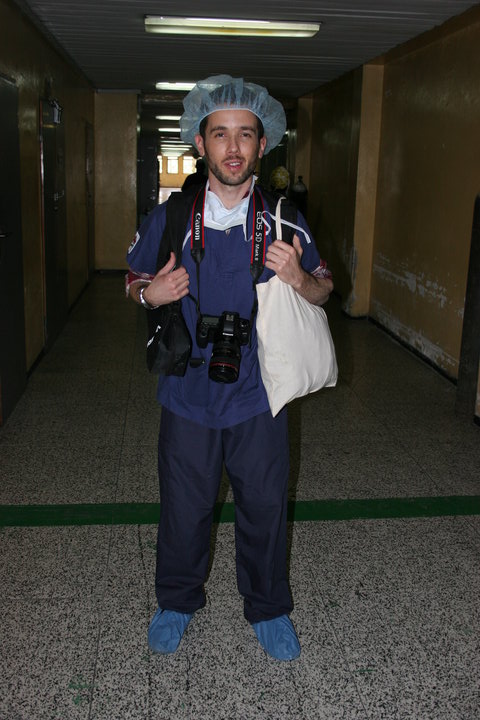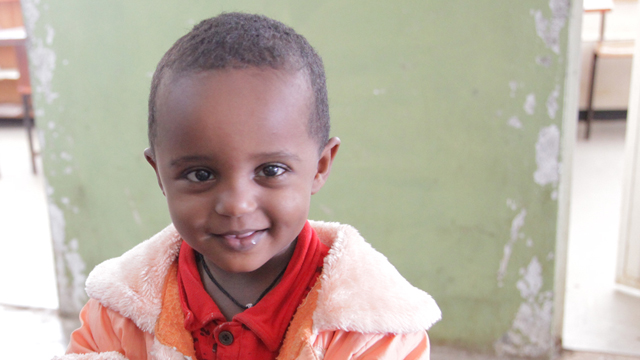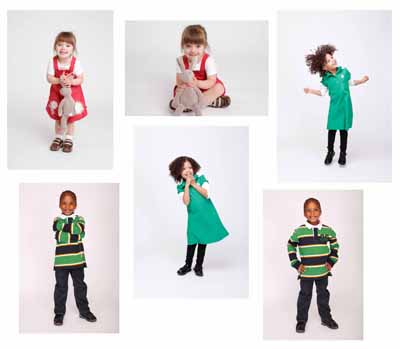
Picture This! The CANON 5D and the DSLR Revolution
February 6, 2012
It was on a flight to Australia in August 2009 that the benefits of shooting with a DSLR camera finally hit me. We were following a group of SickKids patients to the World Transplant Games in Brisbane. A big part of the story for these kids was the journey. Months before, a number of these kids couldn’t walk across the room and now they were flying half way around the world.
So we decided to follow their journey – and that included wanting to film them on a plane. We felt that requesting to shoot with a regular video camera would be impossible, but felt the airline might be more amenable to a smaller DSLR camera.
They were, although there was the caveat that we’d have to check with the chief steward.
Predictably the steward reacted with skepticism – until he saw the camera. Hesitancy gave way to curiousity. When we showed the flight crew a bit of the footage there was a general sigh of disbelief. The footage looked great. Simple images – kids reading, talking or playing games with their mom or dad, moments that would have been difficult to capture with a larger camera. That led into a conversation about the project – and an invitation to shoot as much as we liked.
The sheer size of the CANON 5D has been one of its big advantages. It’s easier to use in cramped spaces. It’s light – which means it is easier to move, which means smaller cranes, car mounts, steadicams and equipment like sliders are replacing dollies. A whole production service industry has popped up to service these new cameras. If you’re a documentary shooter, you can take a whole production kit and stuff it in a backpack – which we’ve done for a number for remote shoots in places like Africa. And these cameras are relatively inexpensive, even with the add-ons you’ll inevitably buy: Zacutos, Zoom recorders, Lenses, Filters, Matte Boxes and more.
 There have been bumps along the way – lots of them. When we first started using the camera early in 2009 – for a CANON corporate video we shot double system, recording audio on a regular video camera – awkward to say the least. It helped that one of our young directors, Matthew Bennett, (a true camera geek) was passionate about the possibilities the camera represented (he even built homemade cameras rigs for handheld work – rigs that influenced Zacuto’s DSLR viewfinder set-ups (check out http://vimeo.com/4044623 at the 1:42 mark). Having that kind of insight in-house was invaluable. What’s been interesting about our whole DSLR experience has been the fact that it’s our young interns, editors and directors who have taught a number of us old-timers new production tips and tricks. It’s really had the effect of integrating the production team and breaking down the traditional lines between producers, directors, DOPs and assistants.
There have been bumps along the way – lots of them. When we first started using the camera early in 2009 – for a CANON corporate video we shot double system, recording audio on a regular video camera – awkward to say the least. It helped that one of our young directors, Matthew Bennett, (a true camera geek) was passionate about the possibilities the camera represented (he even built homemade cameras rigs for handheld work – rigs that influenced Zacuto’s DSLR viewfinder set-ups (check out http://vimeo.com/4044623 at the 1:42 mark). Having that kind of insight in-house was invaluable. What’s been interesting about our whole DSLR experience has been the fact that it’s our young interns, editors and directors who have taught a number of us old-timers new production tips and tricks. It’s really had the effect of integrating the production team and breaking down the traditional lines between producers, directors, DOPs and assistants.
Production has become a much more collaborative process. In many cases simple problem solving has led into extended conversations of ‘what if.’ Everyone walks away feeling pumped.
As cameras and technologies continue to proliferate – it’s going to be impossible to stay on top of all the new gear – or expect your cameraperson to. More and more, your going to find yourself sitting down with a high school or university filmmaker and asking them how they set up an impossible looking shot.
A revolution? That may be stretching things, but it’s certainly a shift in how many of us approach production.
Visit Picture This! to read more blogs by Richard.





